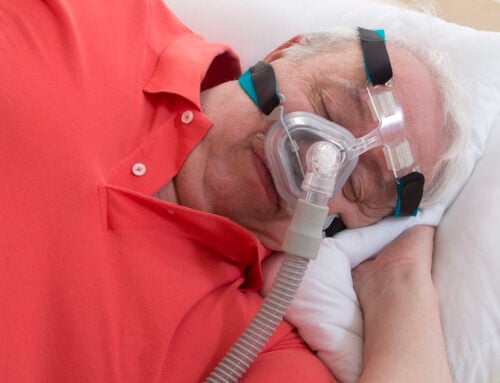What Is A Stroke
An easy way to think of a stroke is to think of it as a brain attack. Most everyone knows about heart attacks, yet most of the American public doesn’t understand what constitutes a stroke. Strokes can range from minor to fatal and can strike people of all ages. The most important element in recovering from a stroke is the early recognition of symptoms and seeking medical attention immediately.

Different strokes, equally dangerous
Generally speaking, there are two types of strokes: ischemic (blood clot) and hemorrhagic (bleeding). Although these strokes have different causes and mechanisms, they share most symptoms.
Ischemic stroke
Similar to a heart attack in that it involves a blood clot blocking an artery in the brain. The blood backs up behind the clot, leaving the brain tissues ahead of it without precious oxygen. The longer the time without oxygen, the more damage is done.
Hemorrhagic stroke
A hemorrhagic stroke involves the rupture of a blood vessel in the brain. The build-up of blood in a confined area of the brain increases the pressure to the surrounding tissues. The pressure may get high enough to stop blood flow, and in turn, oxygen to that area of the brain.
Live FAST, *don’t* die young
The human brain is split into two halves or hemispheres. Most strokes occur in only one side, so the symptoms present themselves in a similar manner. A simple way to remember what to look for is FAST.
F – Facial
The F is for facial droop. Look at their smile, it should be equal on both corners of the mouth.
A – Arms
The A is for arms. Have the person raise both arms up. One arm lagging behind or dropping is a warning sign.
S – Speech
The S is for speech. If the person struggles to get words out or is slurring, call for help.
T – Time
The T is to remember that time is of the essence. If someone has one or all of these symptoms, call 9-1-1 immediately.
Fact: A lesser known temporary stroke, called a Transient Ischemic Attack (TIA), is a major warning sign of possible major strokes in the future.
Brain, noodle, grey matter, melon, noggin
Whatever you call it, every second counts when it comes to treating a stroke. Modern medical treatments have progressed so much that in specific cases, ‘clot-busting’ drugs may reverse the damage following a stroke. Diagnostic tests can reveal exactly what part of the brain is affected and can improve the long-term prognosis for the patient.
However, all of the advances in technological, pharmaceutical, and therapeutic treatment of strokes begins with the early recognition of symptoms. The most important person to someone suffering a stroke may be a friend, family member, or passerby that acts FAST.




